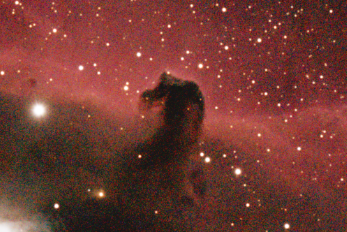Having recently gotten myself a new Windows 10 laptop (an Acer Aspire E 15 that I really like), I’ve been going through the process of getting everything set up and installed the way I like (I’m kinda anal retentive about that). That gives me cause to explore new possibilities, like “how can I get my Google contacts and calendar (from my Android phone) to sync up with my installation of MS Outlook on my laptop (which I use for email)?” I’ve asked that question before but never found a decent answer. This time, though, I found a great solution, and it’s free!
GO Contact Sync Mod is a utility I found that runs in the background on my laptop, reaching out to Google’s APIs to keep my Google contacts and calendar sync’d with those in MS Outlook. It has a straightforward user interface where you can define the rules for reconciliation (like “if there is a conflict, the Google contact should overwrite the Outlook contact”). You can tell it how often to perform the sync and it will do so quietly in the background. I’ve been using it for a few weeks now and it works so well that I forget it’s there.
(Why don’t I just use GMail and omit MS Outlook entirely? I have my own domain, including email addresses, so I don’t use a GMail address. And I much prefer MS Outlook’s interface to GMail.)








